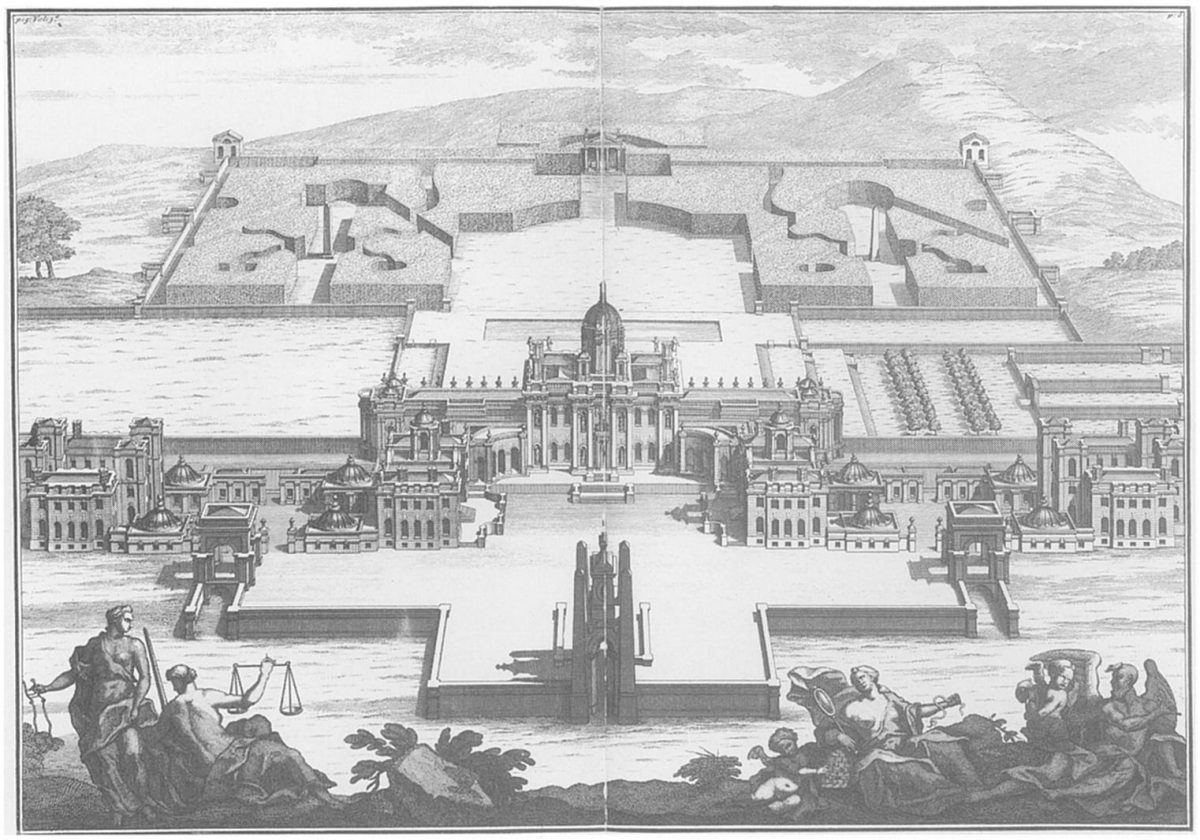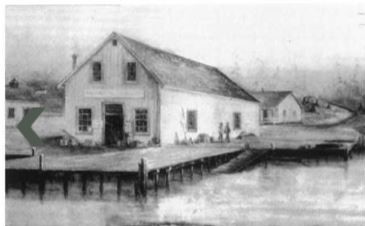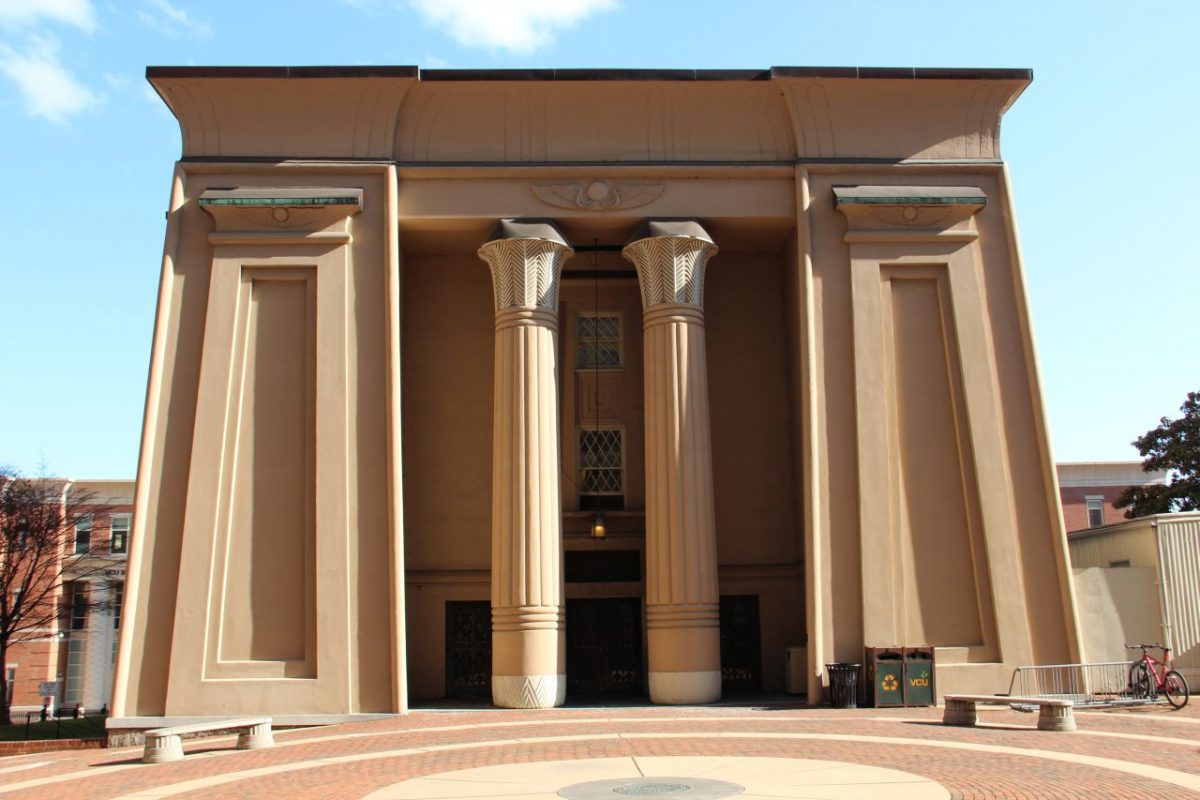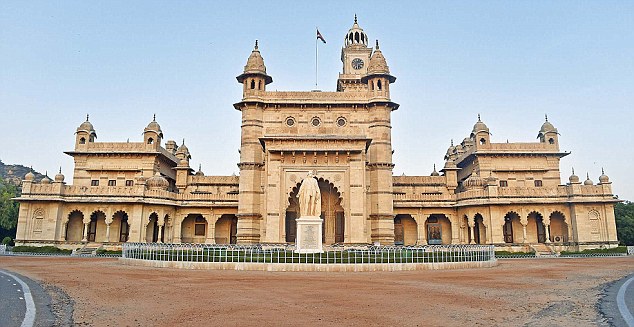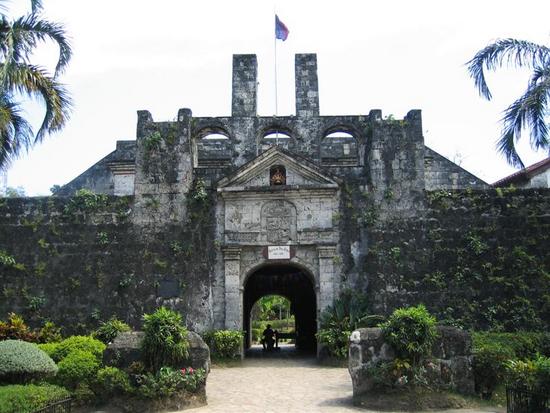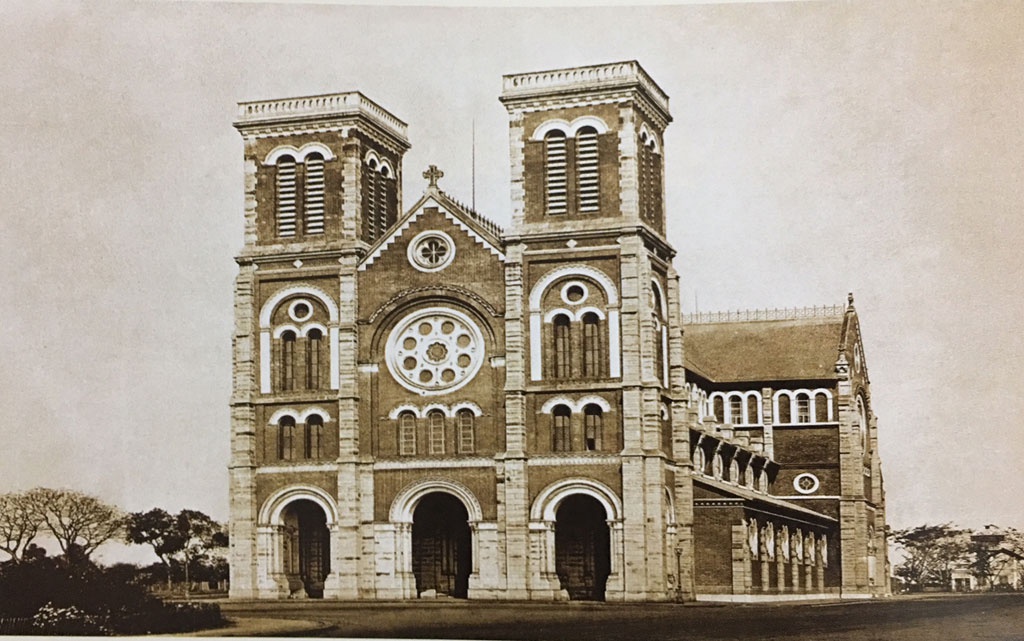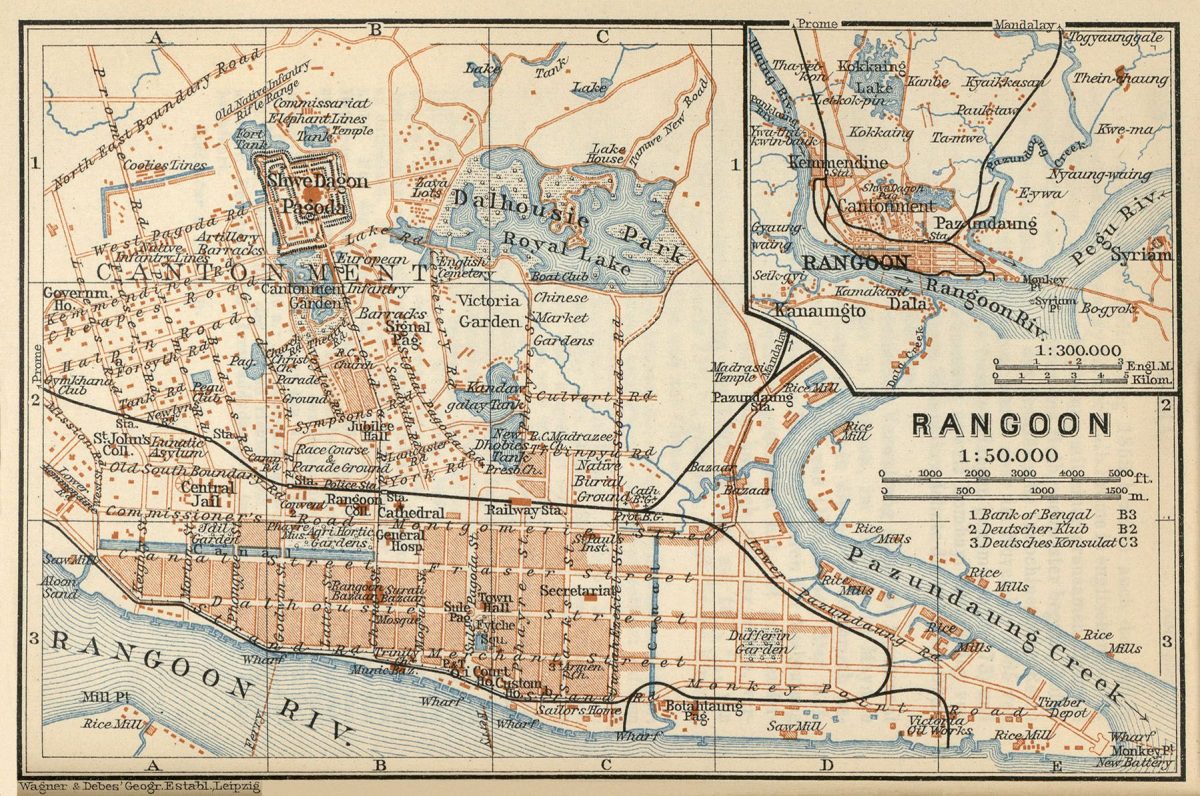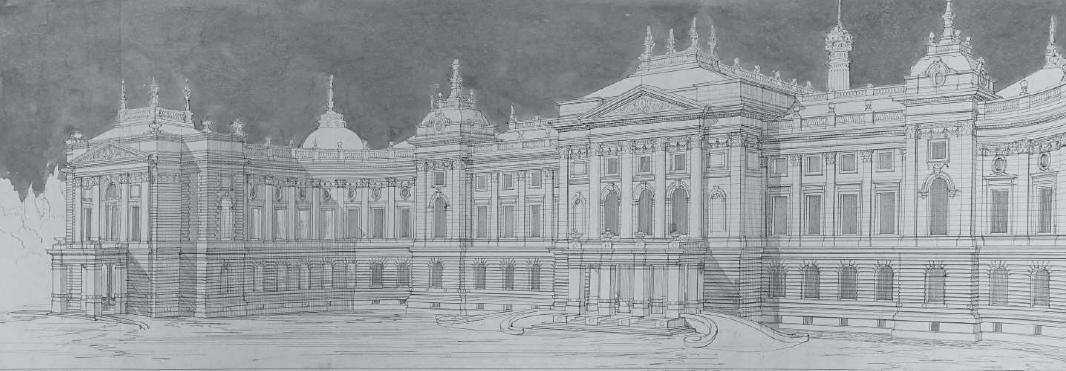An English landscape garden using an eclectic combination of architectural typologies and building styles. Castle Howard is an English castle and landscape garden located in North Yorkshire. From a first glance, viewers tend to draw their attention towards the magnificent splendour of the castle, without paying much attention to the surrounding landscape. The ornamental architecture […]
